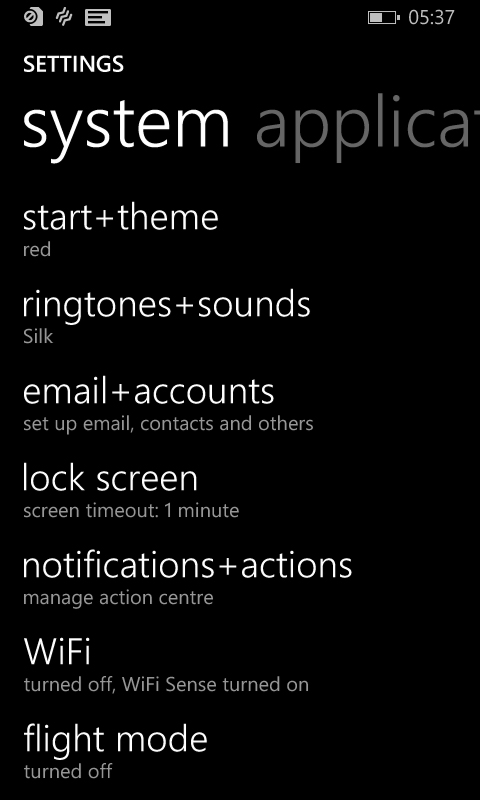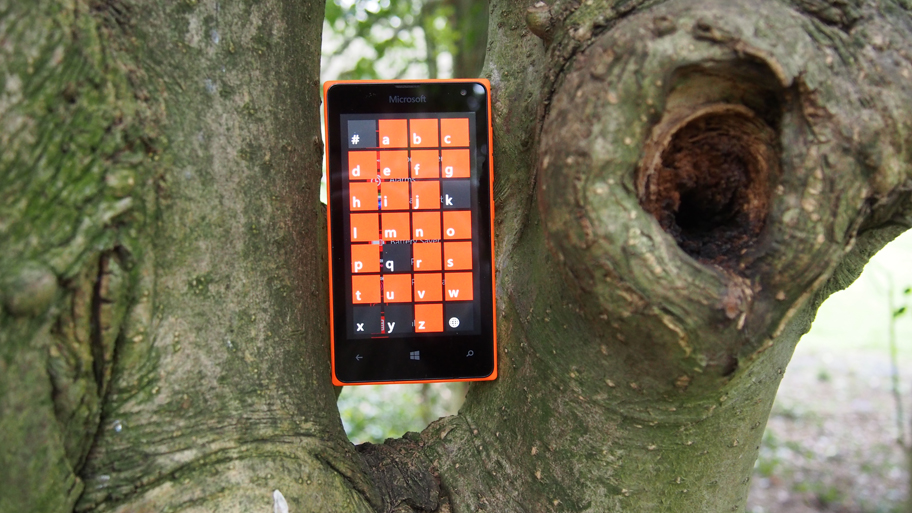Why you can trust TechRadar
With a dual-core Snapdragon 200 processor clocked at 1.2 GHz, it would usually be a safe assumption that the Microsoft Lumia 435 would be something of a weakling. This is only half true.
A fluid user experience has always been the hallmark of Windows Phones. From Windows Phone 7, which could easily have run on a waffle iron, the OS has been a lightweight, tight affair.
With the introduction of Windows Phone 8.1, however, things have begun to change.

For the most part, swiping through the OS on the Lumia 435 was snappy. Apps open and close without complaint. Coming from another operating system, especially from Android with developer animations removed, reveals the extent to which Windows Phone relies on these.
Almost every action prompts a swoop or a fade, making for a pretty transition and masking the sometimes annoying loading times.
Despite this, performance on day-to-day tasks was mostly solid, the average user, and indeed the target market for this device, will find very little to complain about.

Gaming on the Lumia 435 is a different matter, however. As might be expected, light titles such as Angry Birds and Jetpack Joyride ran easily and remained eminently playable. When moving to a more intensive class of titles, things began to change.
Though Asphalt 8: Overdrive mostly achieved playable framerates, textures were quite jagged and loading the app took several minutes. Subway Surfers and Temple Run 2 also suffered, becoming unplayable as the processor struggled to handle the increase in pace as the games progressed in difficulty.
Multitasking, not a strength of the platform to begin with, is also something of a chore. Apps are closed when not in use, meaning that navigating between a text conversation and the music app involves constant reloading.
Having 1GB of RAM, this phone is being sold by Microsoft as upgradeable to Windows 10 mobile later in the year, meaning that this device is more future-proof than most others in this price class.
Battery life
At 1560mAh the battery on the Lumia 435 is hardly the most substantial in the world. Yet, when coupled with the low-power dual-core CPU and the sub-HD screen, things are evened out a little.
In everyday usage, the Lumia 435 fares quite well. Across a 16-hour day, checking and updating social media accounts, texting, listening to music on headphones for an hour and a half, watching a few YouTube videos, indulging in some light gaming, making around an hour of calls and browsing the internet on HSDPA+ for around half an hour, the battery lasted until the end with 12% spare.

However, utilise the phone more sparingly and you are likely to see around two days of light usage, as Windows Phone standby times tend to be quite strong.
As you might expect, the situation changes when it comes to more intensive tasks, such as heavy gaming or browsing the web while on the go. In these situations, the battery almost seems to drop in real-time, meaning that if you want an extended session of Asphalt you will have to fork out for a spare battery.
Windows Phone does have a Battery Saver app included, and this does a reasonably efficient job of telling you what is eating battery life.
If needed, there is a power-saver mode available, which (mercifully) does not throttle CPU performance but merely restricts background app usage even further.
Activating this will typically see at least an extra hour of estimated battery life added, which is mostly backed up by real world usage.
Road warriors will want to pump out for an extra battery, for although the Lumia is a solid performer, it is certainly of its price class.
This isn't a massive 3,000 mAh battery as is seen in many modern flagships such as the LG G4however, as such expecting similar performance isn't a realistic proposition.
Sean is a Scottish technology journalist who's written for the likes of T3, Trusted Reviews, TechAdvisor and Expert Reviews.
